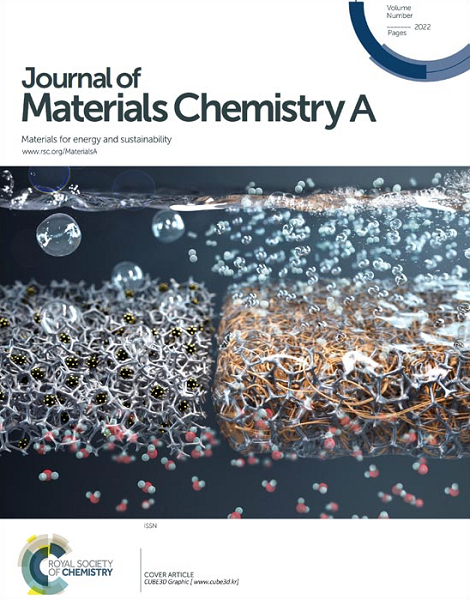Mechanical abuse and safety in sodium-ion batteries
IF 10.7
2区 材料科学
Q1 CHEMISTRY, PHYSICAL
引用次数: 0
Abstract
Sodium-ion batteries (SIBs) are emerging as promising alternatives to lithium-ion batteries (LIBs) because of their low cost and abundant resources. However, their safety and reliability under mechanical abusive loading remain unclear, posing a barrier to further commercialization. In this study, we investigate the mechanical–electrochemical–thermal behavior and underlying mechanisms of SIBs through ball indentation tests. Meanwhile, we develop a multiphysics coupling computational framework—encompassing a 3D mechanical model, a 3D thermal model, an electrochemical model, and an internal short circuit (ISC) model—to gain deeper insights into the internal processes of SIBs. Using this framework, we comprehensively analyze the effects of ball size, battery aspect ratio, and ball loading position, and compare the safety of SIBs and LIBs. Experimental results show that, during ISC, the battery temperature gradually increases, reaching only about 35 °C due to the extremely rapid voltage drop and relatively lower capacity. Parametric studies reveal that using a larger steel ball or a smaller battery aspect ratio delays the ISC trigger and lowers the ISC temperature. Moreover, the computational model demonstrates that SIBs exhibit a slightly later ISC trigger and significantly lower ISC temperatures. Overall, this study lays a solid foundation for understanding SIB behavior and mechanisms under mechanical abuse and provides valuable guidance for designing safer next-generation sustainable batteries.

求助全文
约1分钟内获得全文
求助全文
来源期刊

Journal of Materials Chemistry A
CHEMISTRY, PHYSICAL-ENERGY & FUELS
CiteScore
19.50
自引率
5.00%
发文量
1892
审稿时长
1.5 months
期刊介绍:
The Journal of Materials Chemistry A, B & C covers a wide range of high-quality studies in the field of materials chemistry, with each section focusing on specific applications of the materials studied. Journal of Materials Chemistry A emphasizes applications in energy and sustainability, including topics such as artificial photosynthesis, batteries, and fuel cells. Journal of Materials Chemistry B focuses on applications in biology and medicine, while Journal of Materials Chemistry C covers applications in optical, magnetic, and electronic devices. Example topic areas within the scope of Journal of Materials Chemistry A include catalysis, green/sustainable materials, sensors, and water treatment, among others.
 求助内容:
求助内容: 应助结果提醒方式:
应助结果提醒方式:


